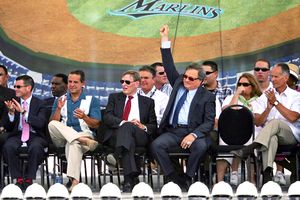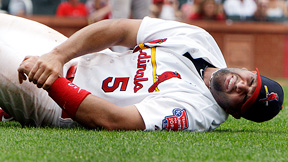- 4,201
- 141
- Joined
- Nov 18, 2010
Originally Posted by Kevin Cleveland
This is one of the best plays you've ever seen: http://mlb.mlb.com/video/play.jsp?content_id=16084705&partnerId=aw-6155164227569223475-1026
Good Lord, that was spectacular.


Follow along with the video below to see how to install our site as a web app on your home screen.

Note: this_feature_currently_requires_accessing_site_using_safari
Originally Posted by Kevin Cleveland
This is one of the best plays you've ever seen: http://mlb.mlb.com/video/play.jsp?content_id=16084705&partnerId=aw-6155164227569223475-1026

























